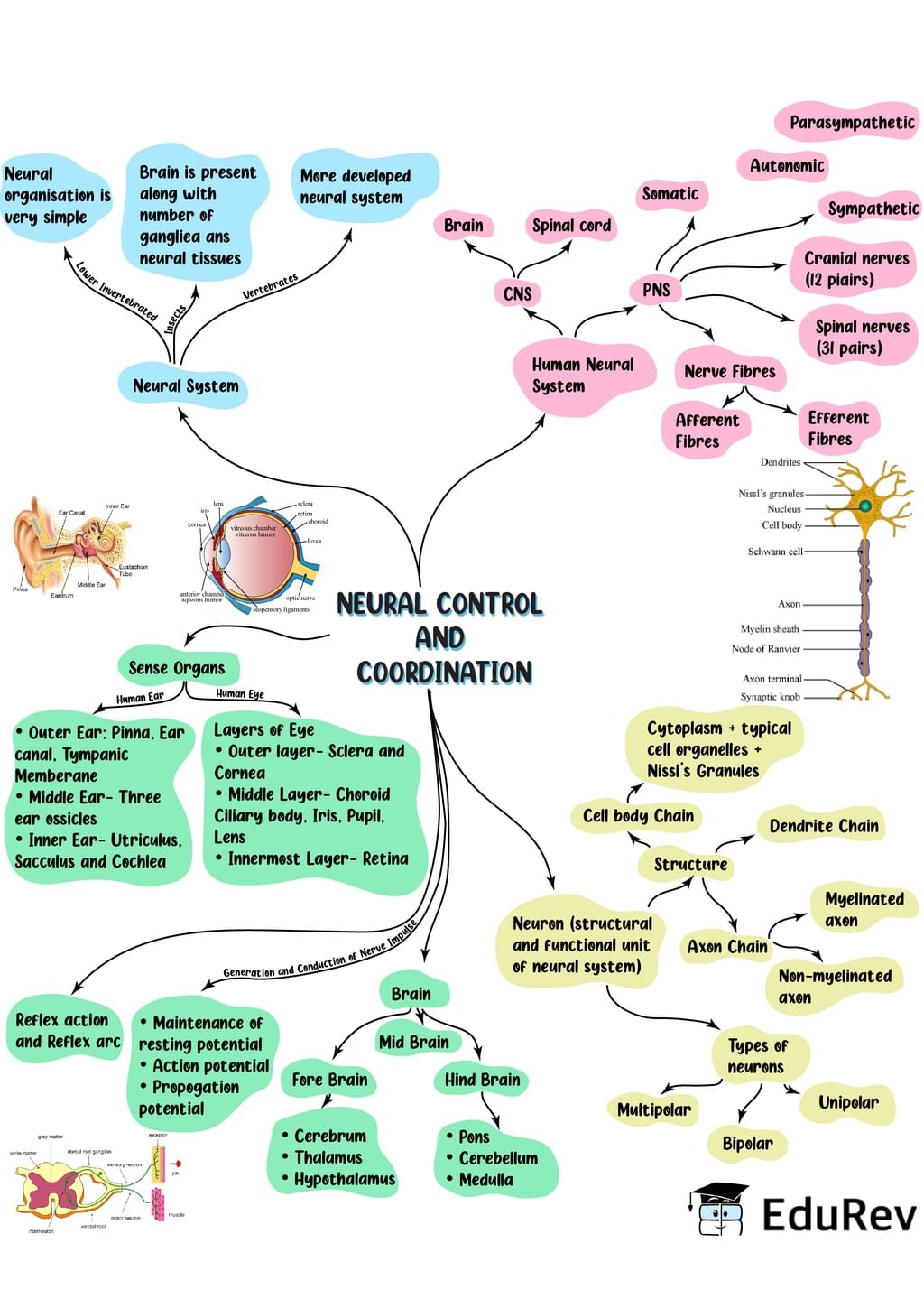
Mind Map Neural Control and Coordination Biology Class 11 NEET PDF Download
The brain is the major nervous system of our body controlling our actions. It receives and sends signals to and from sensory organs. The brain comprises of three parts: Forebrain- It helps in the overall action of control and coordination of voluntary function and the thinking part of the brain. Midbrain- It transmits signals from the hindbrain.
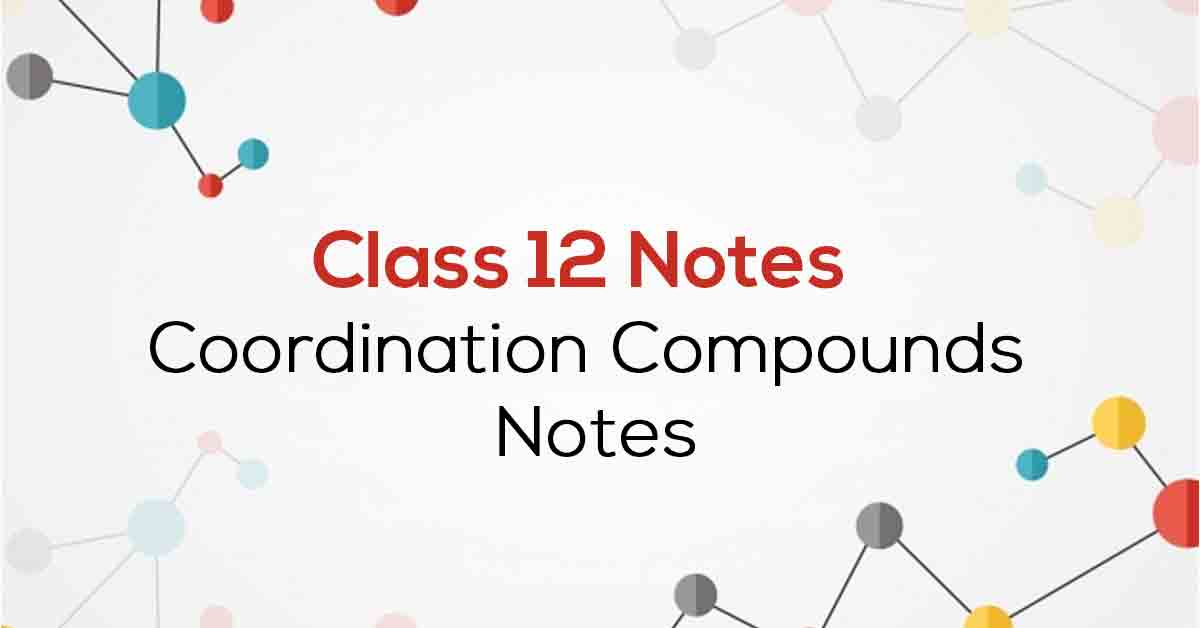
Class 12th Chemistry Coordination Compounds NCERT Notes CBSE 2023
CHAPTER 22 CHEMICAL COORDINATION AND INTEGRATION. You have already learnt that the neural system provides a point-to-point rapid coordination among organs. The neural coordination is fast but short-lived. As the nerve fibres do not innervate all cells of the body and the cellular functions need to be continuously regulated; a special kind of.

Neural Control and Coordination Handwritten Notes PDF for Class 12, NEET, AIIMS and Medical
Control and Coordination class notes - Free download as PDF File (.pdf), Text File (.txt) or read online for free. Class notes for control and coordination
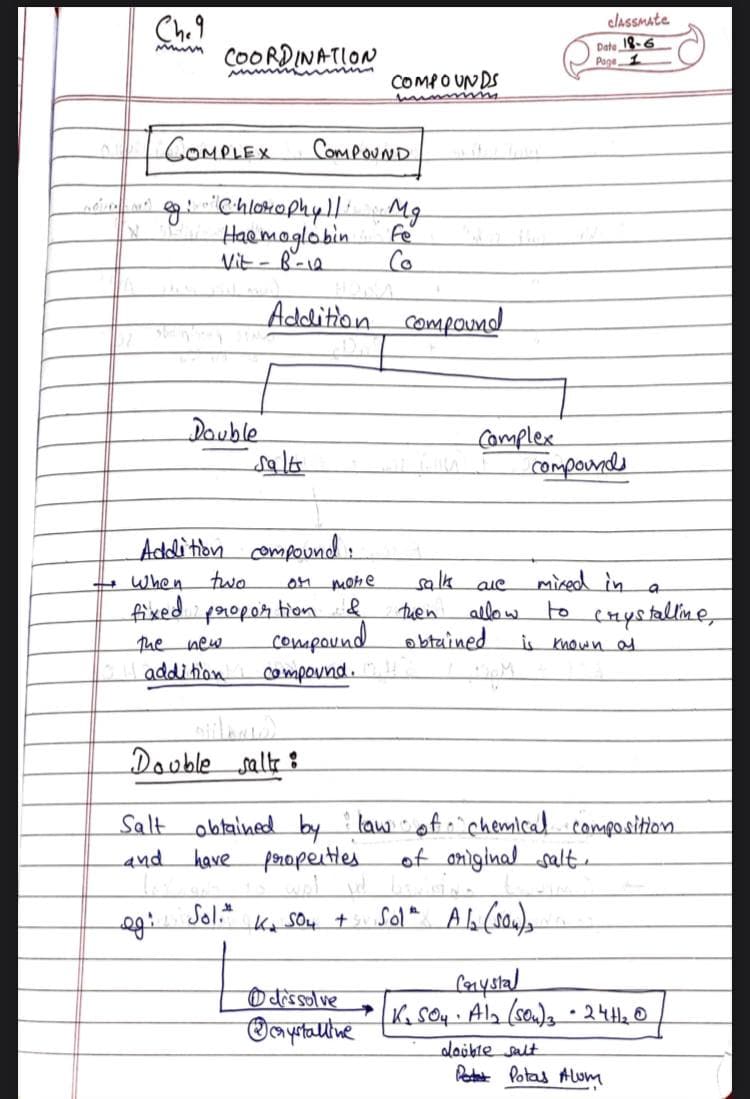
NCERT Coordination Compounds Class12 chemistry Handwritten Notes PDF SHN Notes Shop
Notes of 12 D,H & G, Biology Control and Co- ordination .pdf - Study Material. Notes of 12 D,H & G, Biology Control and Co- ordination .pdf - Study Material. Dashboard Login. class-12th. Biology. 0 Likes. 66 Views. Copied to clipboard M. Mohini Jagdhane. Apr 21, 2022. Study Material.

Control and Coordination Handwritten Notes for Class 10th in 2022 Science notes, Handwritten
Neural Control and Coordination Handwritten Notes PDF for Class 12, NEET, AIIMS and Medical Exams Views: 15,547 Neural Control and Coordination Handwritten Notes PDF: Biology notes preparation is necessary for the students for the preparation of National Eligibility cum Entrance Examination (NEET).

Class 12 Ch9 Coordination Compounds Handwritten Notes YouTube
Download PDF Introduction The human body is a complex machine performing tons of functions and processes to maintain and sustain life. Explore how the body controls its movements and coordinates its actions with other parts of the body and the environment by exploring notes for Class 10 Chapter 7 Control and Coordination. The Nervous System

Control and Coordination Handwritten Notes for Class 10th
control and co-ordination class 12 notes pdf maharashtra board; control and coordination class 12 notes pdf download; control and co-ordination class 12 notes pdf state board; control and coordination class 12 handwritten notes; control and coordination 12th notes pdf; control and coordination class 12 maharashtra board

Control and Coordination Handwritten Notes for Class 10th Science notes, Biology notes
Control & coordination in animals are provided by nervous & muscular tissues. Chemical coordination is seen in both plants and animals. NERVOUS SYSTEM: It is the system of conducting tissues that receives the stimulus and transmits it to other parts of the body forming a network.

CBSE Notes Class 10 Science Control and Coordination
The parasympathetic nervous system is quite the opposite. It relaxes the body, or slows down the high-energy functions of the body., Reflex Action, As per the control and coordination notes for class 10th, reflex action is the involuntary action of the body in, response to the stimuli generated from the reaction.
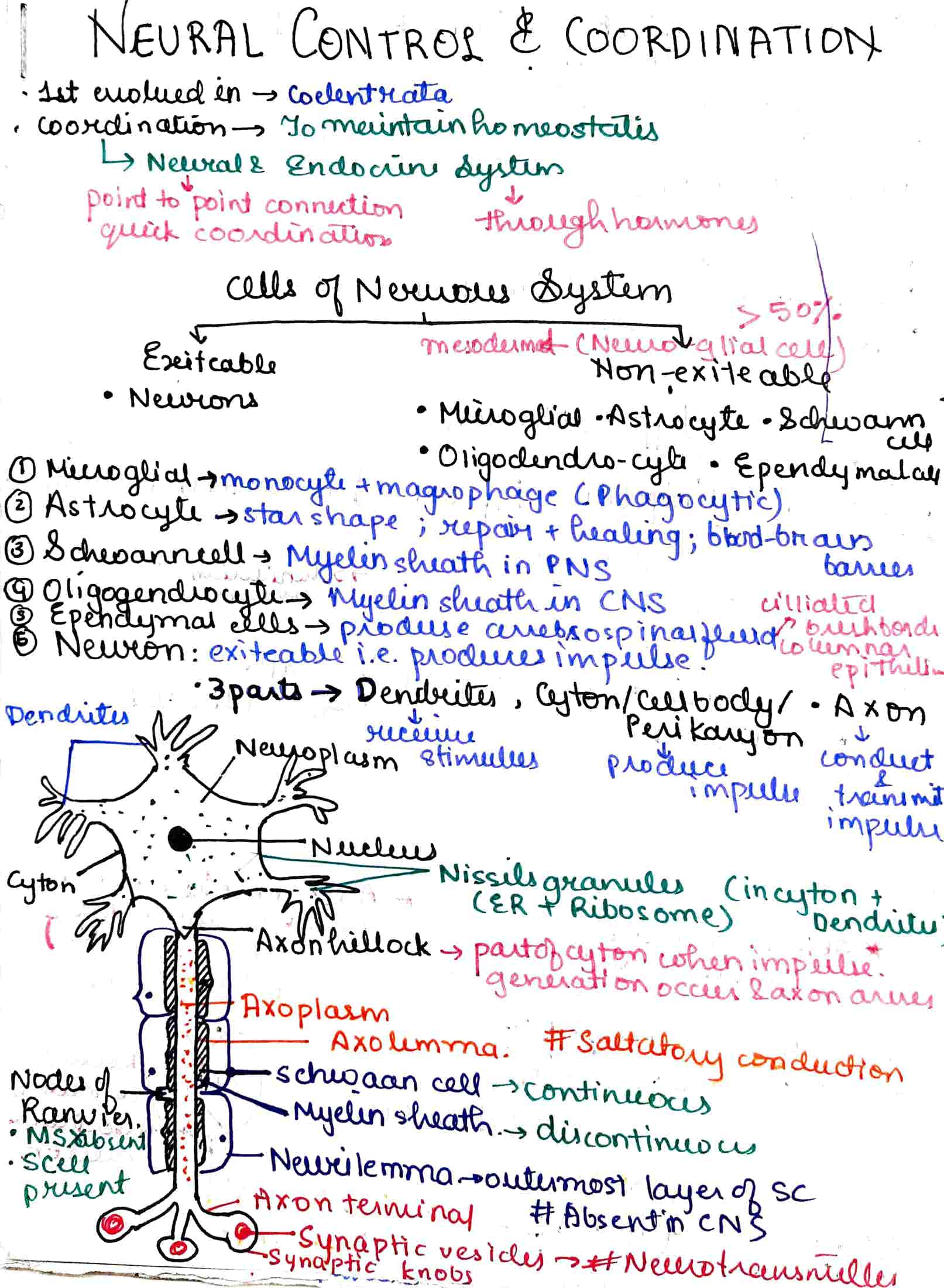
Chapter21 Neural Control and Coordination class 12 Chemistry notes for cbse board and NEET or jee
Thigmonasty. The non-directional movement of a plant part in response to the touch of an object is called. thigmonasty. The nastic movement in plants caused by touch (or thigmonasty) is provided by the sensitive plant (Mimosa pudica) which is also known as touch-me-not plant. It is called chhui-mui in Hindi.

Coordination Compounds Class 12 Notes CBSE Chemistry Chapter 9 [PDF]
Chapter 23 - Life Processes 2: Control and Coordination is a PDF document that explains the concepts and functions of the nervous and endocrine systems in living organisms. It also covers the topics of reflex actions, hormones, feedback mechanisms and disorders of the coordination systems. This document is part of the secondary science course offered by the National Institute of Open Schooling.
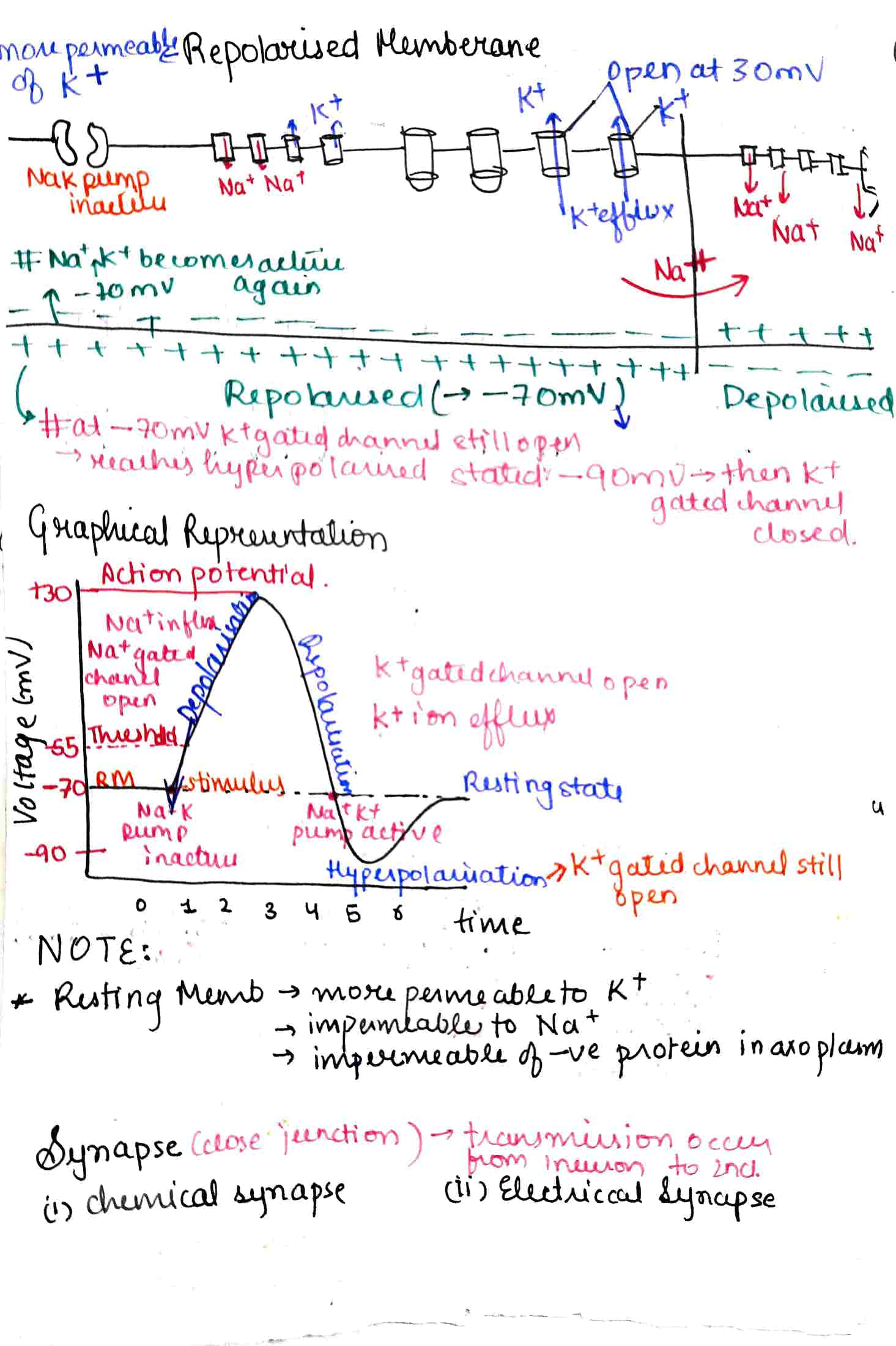
Chapter21 Neural Control and Coordination class 12 Chemistry notes for cbse board and NEET
CHAPTER 21 NEURAL CONTROL AND COORDINATION As you know, the functions of the organs/organ systems in our body must be coordinated to maintain homeostasis. Coordination is the process through which two or more organs interact and complement the functions of one another.

Chapter 9 Control and Coordination Control and coordination class 12 notes
In Class 12 Biology Chapter 9, we will study how plants and animals maintain such functions. To understand the concepts of this chapter, focus on the Control and Coordination Class 12 solutions prepared by the subject experts of Vedantu. These solutions have been designed to cover all the fundamental principles and concepts of this chapter.
Grade 12 Chapter 4 CONTROL & COORDINATION
BIOLOGY CONTROL AND COORDINATION www.topperlearning.com 2 Control and Coordination For survival, an organism's body must respond correctly to various stimuli it receives. Some important terms: Stimulus: An agent or sudden change in the external or internal environment which causes a change in an organism or any of its body parts.

Control and Coordination Handwritten Notes for Class 10th
The various organs of an organism interact to bring about control and coordination. In plants, the control and coordination are brought about by phytohormones and in animals, it is brought about by the nervous and endocrine systems. Introduction to the Nervous System. Michelle was riding her scooter when she hit a hole in the street and started.

Control and Coordination Class 10 Notes Pdf Chapter 7 Science Notes Shobhit Nirwan YouTube
Chemistry Notes for class 12 Chapter 9 Coordination Compounds Coordination compounds are those addition molecular compounds which retain their identity in solid state as well as in dissolved state. In these compounds. the central metal atom or ion is linked by ions or molecules with coordinate bonds. e.g., Potassium ferrocyanide, K4 [Fe(CN)6].